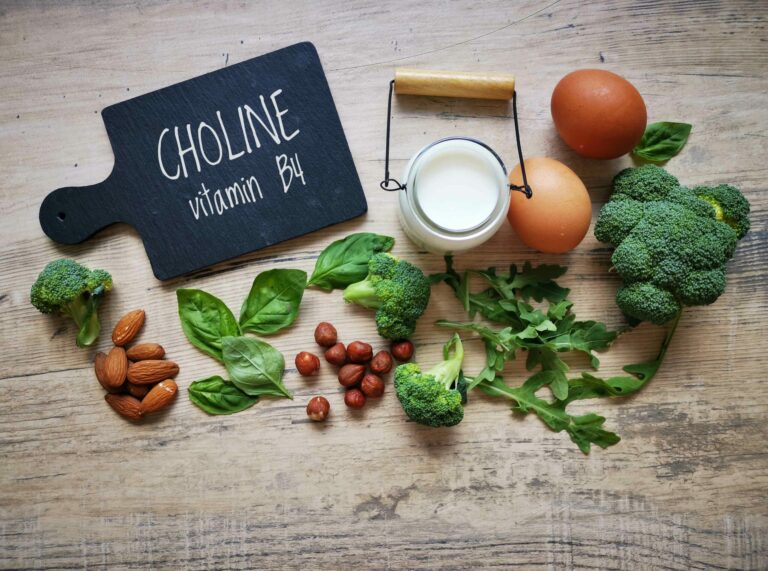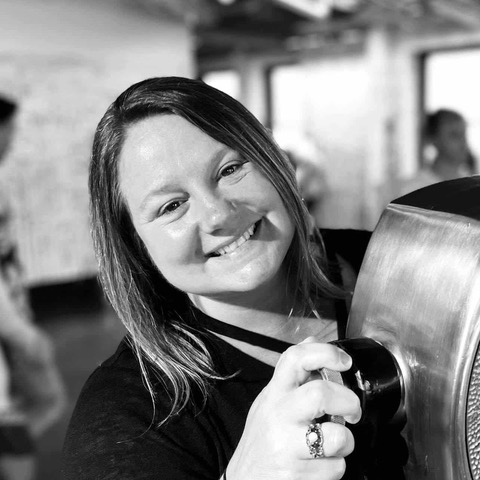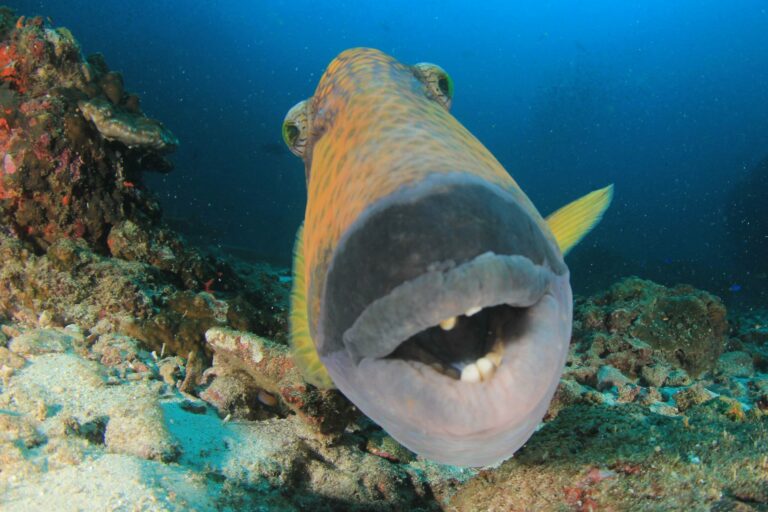I have often heard a low-fat diet is recommended for fatty liver disease. Makes sense right? The more fat you eat, the more it accumulates in the liver would seem logical and is standard medical advice. I will show you that not eating fats like eggs and meat is the absolute worse thing you could do for this condition and share other advice on tackling this issue. Let’s break apart this advice and why the solution goes against a lot of conventional wisdom, especially diet!
What is a Fatty Liver anyway?
This issue is broken down into 2 types of liver disease, alcoholic fatty liver disease and nonalcoholic fatty liver disease (NAFLD) and a more severe manifestation of NAFLD, nonalcoholic steatohepatitis (NASH) which can lead to liver failure. For simplicity, we will only discuss NAFLD. According to this pivotal review, NAFLD has several causes but fat in the diet does not appear to be one of them unless it is a part of a high-calorie diet.
What Causes Fat in the Liver?
A lot of people and medical professionals assume that fat accumulation in the liver is because of a high in fat diet as the liver does process the cholesterol and fat we eat. This, however, is not the cause of fatty liver. This is shown here, that a ketogenic diet, which is high in fat by nature, actually improves triglycerides (fat) in the liver. This same study further shows that low fat, high-carb diet increases fatty liver. The conventional wisdom just doesn’t hold up. What I can support in my reading is that fat deposited in the liver cells is because of triglyceride accumulation due to sugar intake and lack of phosphatidylcholine.
The connection with sugar intake and fat accumulation is a strong one as we see much more of this condition in people with blood sugar problems like metabolic syndrome and Type 2 diabetes. When we eat sugar the fructose portion of the sugar molecule (sucrose) has to be processed in the liver. The only way to make energy from fructose is to turn it into fat (triglycerides). If you have plenty of calories and insulin from frequent meals and snacks, then this energy is stored, well, as fat in the liver. This one seems like a no brainer to address, which we will soon enough.
Choline is a new essential nutrient by modern standards as it was discovered in the 1930s and then forgotten about until the 1980s. The original work on it involved removing it from the diet and seeing how long it took for dogs to manifest fatty liver disease. The minimum requirement for this essential nutrient in humans is still determined by how quickly one develops fat in the liver and then the amount needed to prevent this is said to be the minimum required amount, currently 550 mg. Unfortunately, the lack of phosphatidylcholine as a cause for fatty liver is overlooked by even UpToDate, which is the most cutting-edge medical advice website for practicing physicians. It’s interesting then that post-menopausal women, who are without adequate estrogen, cannot synthesize phosphatidylcholine (PC), an essential derivative of choline, near as well through the PEMT enzyme. When women lack estrogen and its upregulating effect on the body producing PC, there is more fatty liver disease as shown here. It is estimated that 80-90% of the US population is deficient in choline, especially pregnant women.
How Many People Have Fatty Liver?
The news here is not encouraging. It is estimated that 30% of Americans have fatty liver disease. If you are obese, then the risk increases to 80-90% and diabetics have a 30-50% risk. These are astounding numbers as this is a rather silent disease that can decrease your lifespan by almost 6 years and increase your risk of heart disease. The good news it is very treatable, although not easily found.
What are Some Clues I might have Fatty Liver?
One of the biggest clues is whether you are obese. If you are obese, your risk increases as noted above. The second thing to consider is if you have a fasting blood sugar over 100. This shows insulin resistance and fertile ground for developing fatty liver. Liver blood tests by blood can be indicative but have a low predictive value if they are normal. Most people find out they have fatty liver by having imaging test such as an ultrasound, CT, or MRI for some other concern as this is a silent disease unless it progresses to liver fibrosis. Liver biopsy is the gold standard but as this is a procedure with some risks, it is not ideal. If you are thin but eat a standard American diet, then you are not out of the woods as a lot of thin people have a fatty liver as well. What is the best clue if you are at risk? Well, it depends on how you eat.
Lifestyle is Key to Healing Fatty Liver (and Eating More Protein)
We hear “lifestyle changes” all the time but what does that really mean and what are practical steps to addressing fatty liver or the precursor to it, elevated blood sugar? Well, let’s start with the origin of this rant, diet.
Diet: A low-fat diet is a no-no for most people as it involves doing stupid things like ordering an egg white omelet where you miss out on the most essential nutrient for fatty liver, choline. Eggs are good as a great source of choline as are red meat, and chicken, especially their livers. If you peruse the chart, you see how hard it is to get the allotted amount of recommended intake a day. This is why I recommend choline supplements for a lot of people, especially pregnant women. Besides choline, a ketogenic diet has been shown to be helpful as previously mentioned, but something everyone agrees on is the Mediterranean Diet. This is full of fruits and vegetables which are antioxidants that help the liver and has a lot of lean proteins which have choline. This is simple really- lots of lean meats and eggs with more fruits and vegetables. It does not count grams of fat/calories from fat and both the Mediterranean and Ketogenic diet has almost no sugar.
Exercise: If high sugar and insulin resistance, along with choline deficiency, are key to developing fatty liver then it makes sense that good old exercise is going to be key to healing it. Losing weight is one goal of exercise in fatty liver but it is secondary to improving your mitochondria and reversing blood sugar problems. Exercise is so powerful that it actually sends signals to reverse damage from fatty liver. This happens by clearing out the damaged cells and replacing them with new ones. Do not skimp on this!
Sleep: Sleep is key to almost every organ doing its job effectively. The liver is no different and getting enough sleep and quality sleep is key in preventing or overcoming this condition.
When Lifestyle Needs Some Support
There are some supplements I would consider, and these are not by any means conclusive as the list is long but I will give you three with good data to start
Choline: Getting 550 mg of Choline a day as recommended for an adult is not happening for a lot of people. Without choline, not only do we not have healthy livers, but we can’t make acetylcholine for memory nor have healthy nerve cells. We need support, especially if pregnant, menopausal, or if we are older. I like to use a product with a lot of choline in it, 2 a day. My genetics say this is a weak point for me and unfortunately, I am getting older.
Berberine: This study shows that berberine is effective for nonalcoholic fatty liver disease by “improving insulin sensitivity and glucose metabolism, regulating mitochondrial function, reducing inflammation and oxidative stress, regulating cell death and ER stress, reducing DNA methylation, and regulating intestinal microenvironment and neurotoxicity.” One of my favorite supplements as it does so much.
Milk Thistle (Silymarin): This study shows that using Silymarin along with metformin, a drug used to help with sugar, improves liver health in people with NAFLD. Here is a great supplement that is an inexpensive addition that focus on Silymarin.
Could Fatty Liver be in my Genes?
Directly and indirectly, nonalcoholic fatty liver can be exacerbated by changes in your genes. Changes in our genes are what make me, me, and you, you. We all are different because of this so it is not a bad thing. Some changes gave us an evolutionary advantage like being able to eat sugar in our environment and store it as fat when times were lean. This advantage does not translate well into our current dietary intake. It is important to know your risks for obesity and diabetes by looking at your genes that increase these risks. Other genetic changes like the PEMT enzyme, meaning that when you go through menopause, you can no longer make up for dietary deficiencies of choline or if you are male, PEMT polymorphisms increase your need for choline your whole life. The good news is that this is easily ascertained by running your 23andme or ancestry report through puregenomics.com and getting counseled on your risks. I highly recommend this as I now take phosphatidylcholine every day and understand I need to avoid snacks between meals and eat high protein. Priceless info.
Great Info, but What Do I Do Now?
Back in my early 30’s, fresh out of residency, building a busy practice in standard medicine, I had a fatty liver. Why? Well, let’s just say, diet and lifestyle were not stressed in my training and this definitely didn’t carry over into my practice or personal life. I was on call every other night with poor sleep. I was stopping to get the Devil’s sandwich, a McGriddle with Sausage and large orange juice (fructose at its best) every morning and exercise was only if I was being chased by an escaped gorilla. My liver enzymes were up and I was only mildly concerned. Medicine’s concern with fatty liver is a collective “meh?” Now, my previous lifestyle, dietary habits, and labs would scare the hell out of me. It’s a wake-up call that things are going sideways. I have outlined some really good ways of not getting fatty liver in the first place, but if you have it, there are definite interventions where this can be reversed.





